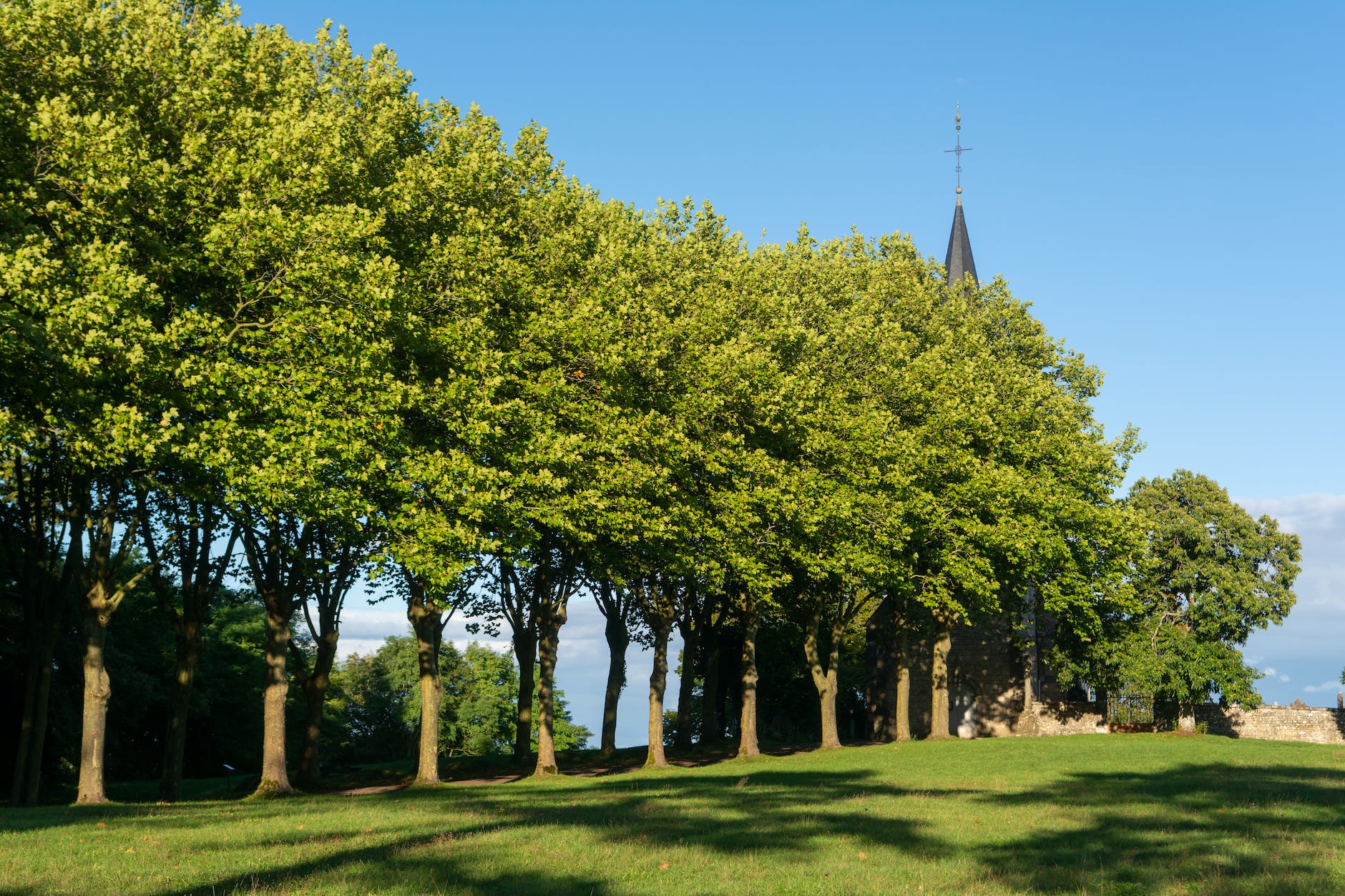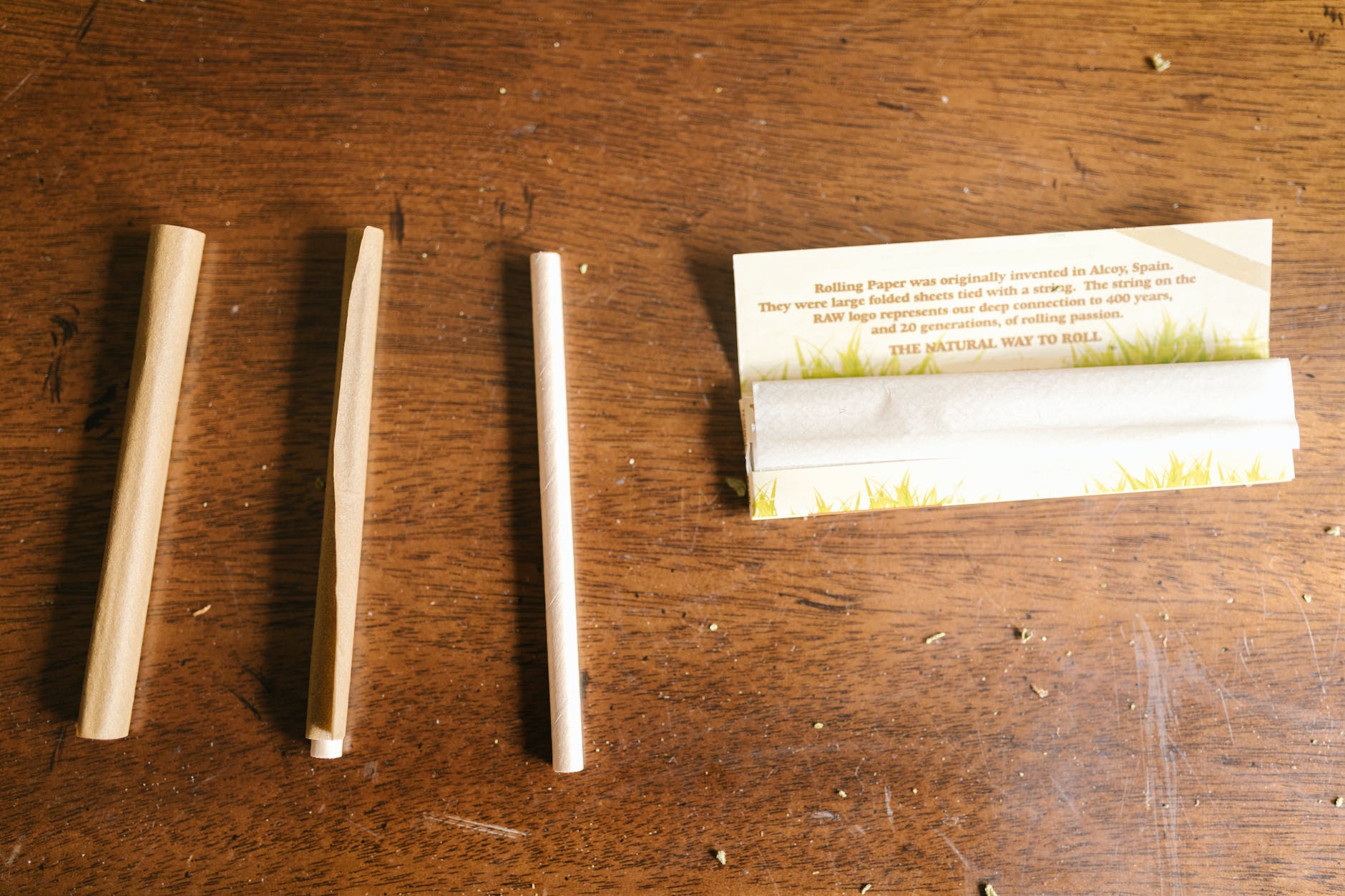As the legalization of recreational and medicinal cannabis becomes increasingly widespread, more people are taking up the hobby of cannabis cultivation. Growing cannabis at home can be a fulfilling, educational, and potentially lucrative endeavor. Whether you’re a seasoned gardener or a complete beginner, there are several methods you can use to successfully produce your own cannabis harvest. This guide will outline the basics of indoor and outdoor growing, and provide key tips for successful home cultivation.
Indoor vs. Outdoor Growing
To begin, you’ll need to decide whether you want to grow your cannabis plants indoors or outdoors. Each method has its pros and cons, and ultimately, your decision will depend on your personal circumstances and preferences.
Indoor growing allows for more control over the environmental conditions, such as temperature, humidity, and light. This heightened control can lead to higher-quality cannabis and a more predictable harvest. However, indoor growing does require investment in equipment like grow lights and climate control machinery, and can be more involved due to the need to maintain these conditions.
On the other hand, outdoor growing relies on the power of the sun and natural climate conditions, which is more cost-effective and sustainable. However, it requires an appropriate climate and seasonal timing to be successful. Additionally, outdoor growing runs the risk of issues like pests and environmental fluctuations that indoor growers can more easily control.
Cannabis Seeds and Strains
Once you’ve chosen your growing method, it’s time to obtain cannabis seeds. Choosing the right seed strain is critical to the success of your harvest. There are three main types of cannabis seeds: indica, sativa, and hybrids. Additionally, seeds can be regular, feminized, or autoflowering. It’s essential to research and select an appropriate cannabis seed strain based on your climate, growing environment, desired effects, and experience level.
Soil Cultivation vs. Hydroponics
Cannabis plants can be grown in a variety of mediums, including soil, coco coir, or through hydroponics. Each method has its benefits and drawbacks.
Soil cultivation is the most traditional method and can produce flavorful cannabis. It requires minimal investment and is more forgiving due to the natural buffering properties of soil. However, growing in soil can make it more difficult to control factors like nutrient levels, and it may be more prone to pests and mold.
Light Cycles
Cannabis plants require specific light cycles to grow and flower properly. During the vegetative stage, cannabis plants require 18-24 hours of light per day. The flowering stage is triggered by a change in light exposure, typically a 12-hour light/12-hour dark cycle.
Indoor growers can control these light cycles using timers and specialized grow lights. Outdoor growers must align their planting and harvesting with the natural light cycles in their region.
Nutrients
Cannabis plants need a variety of nutrients to thrive. The three primary nutrients necessary for healthy cannabis growth are nitrogen (N), phosphorus (P), and potassium (K). Additionally, other essential secondary nutrients and micronutrients include calcium, magnesium, and iron.
Harvesting
Knowing when to harvest your cannabis plants is crucial for optimal potency and yield. Some key indicators that your cannabis is ready for harvest include the color of the trichomes, the curling and darkening of the pistils, and the yellowing of the leaves.
Pest Control
Pest control is another important aspect of successful home cannabis cultivation. Some common pests to watch out for include spider mites, aphids, and caterpillars. Regularly inspecting your plants and using preventative measures like neem oil can help keep these pests at bay.
Plant Training
Finally, plant training methods like low-stress training (LST) or high-stress training (HST) can improve yield, plant health, and overall growing efficiency. These techniques involve selectively cutting or bending parts of the plant to manipulate its growth pattern.
In conclusion, growing cannabis at home can be a rewarding and enjoyable process. With a bit of research, planning, and attention, even beginner growers can successfully cultivate cannabis indoors or outdoors. By considering growing environment, seed variety, growing medium, light cycles, nutrients, harvesting, pest control, and plant training, you can set yourself up for a fruitful home cannabis garden.

